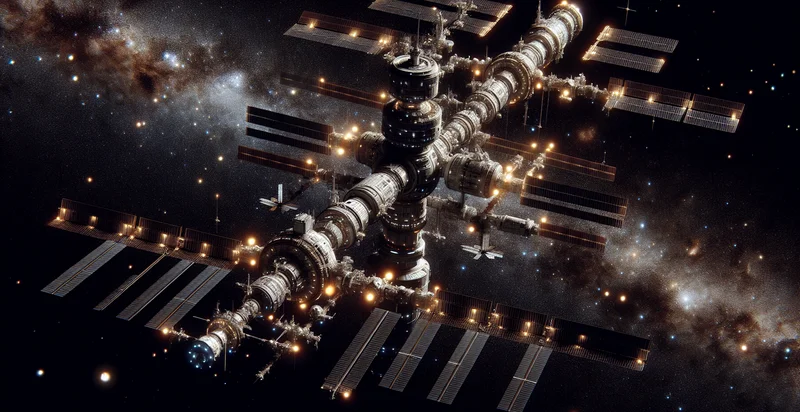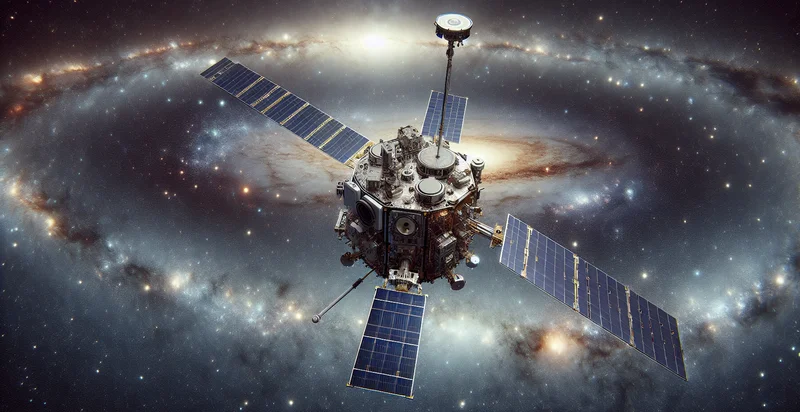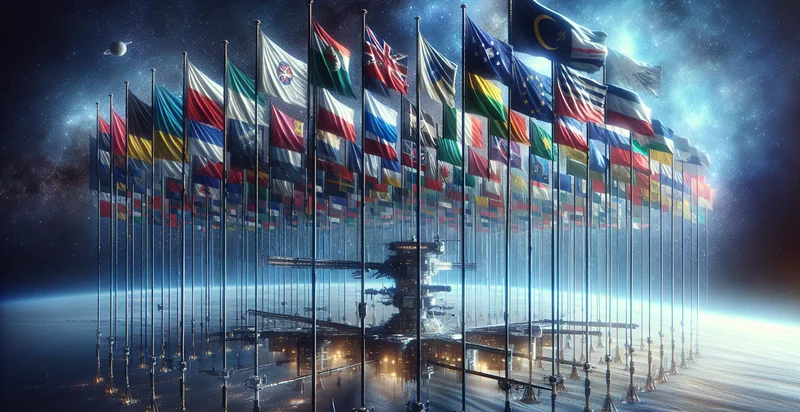Identify space station
using AI
Below is a free classifier to identify space station. Just upload your image, and our AI will predict what type of space station it is - in just seconds.

Contact us for API access
Or, use Nyckel to build highly-accurate custom classifiers in just minutes. No PhD required.
Get started
import nyckel
credentials = nyckel.Credentials("YOUR_CLIENT_ID", "YOUR_CLIENT_SECRET")
nyckel.invoke("space-station", "your_image_url", credentials)
fetch('https://www.nyckel.com/v1/functions/space-station/invoke', {
method: 'POST',
headers: {
'Authorization': 'Bearer ' + 'YOUR_BEARER_TOKEN',
'Content-Type': 'application/json',
},
body: JSON.stringify(
{"data": "your_image_url"}
)
})
.then(response => response.json())
.then(data => console.log(data));
curl -X POST \
-H "Content-Type: application/json" \
-H "Authorization: Bearer YOUR_BEARER_TOKEN" \
-d '{"data": "your_image_url"}' \
https://www.nyckel.com/v1/functions/space-station/invoke
How this classifier works
To start, upload your image. Our AI tool will then predict what type of space station it is.
This pretrained image model uses a Nyckel-created dataset and has 12 labels, including Almaz, Axiom Station, Freedom, International Space Station, Lunar Gateway, Mir Space Station, Nemo, Outpost, Prototype Space Station and Salyut.
We'll also show a confidence score (the higher the number, the more confident the AI model is around what type of space station it is).
Whether you're just curious or building space station detection into your application, we hope our classifier proves helpful.
Related Classifiers
Need to identify space station at scale?
Get API or Zapier access to this classifier for free. It's perfect for:
- Astronaut Training Simulation: This function can be used in astronaut training programs to help trainees identify and distinguish images of genuine space stations from false representations. By analyzing these images, trainees can enhance their situational awareness and decision-making skills in real-space scenarios.
- Public Awareness Campaigns: Space organizations can utilize this function in campaigns to educate the public about real versus fake space imagery. This can help mitigate the spread of misinformation and promote a better understanding of space exploration and technology.
- Satellite Image Verification: Researchers and data analysts can apply this function to evaluate satellite images for authenticity when monitoring space stations. This verification can improve data quality and reliability in various scientific research activities and environmental monitoring.
- Educational Tool for Schools: Educational institutions can incorporate this identifier into curriculum tools focused on space science and technology. Students can engage in interactive activities that challenge them to identify real images of space stations, fostering critical thinking and digital literacy skills.
- Augmented Reality Experiences: Developers of augmented reality applications can integrate this function to ensure any displayed images of space stations are authentic. This can enhance user experiences by providing users with accurate representations while exploring the cosmos interactively.
- Media Verification for Journalists: Journalists reporting on space-related news can use this image classification function to validate the authenticity of images before publication. This tool would help maintain credibility in media reporting and prevent the dissemination of misleading information about space missions.
- Artifact Authentication in Museums: Museums featuring exhibits on space exploration can use this identifier to authenticate images of space stations within their displays. This can provide visitors with assurance regarding the accuracy of visual representations and enhance the educational value of the exhibition.


